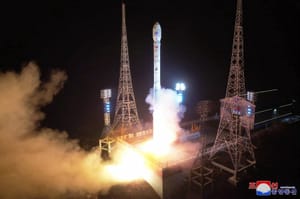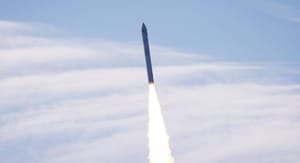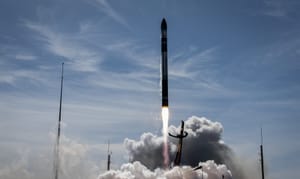
Early on the morning of November 21st, a Chŏllima-1 launch vehicle lifted off from the Sohae Satellite Launching Station in the Democratic People's Republic of Korea carrying the Malligyong-1c satellite into a sun-synchronous orbit. The Malligyong-1c is the third military reconnaissance satellite attempted to be launched by the National Aerospace Development Administration and the first to successfully reach orbit.

Malligyong-1c is the third spacecraft to be placed into orbit by the Democratic People's Republic of Korea. This launch was also the first successful launch of the Chŏllima-1 launch vehicle. Ground observers watching the launch also reportedly saw the first stage of the rocket explode after the second stage separated and began flight. As of writing none of the launch vehicle has been recovered.

What is the Chŏllima-1 launch vehicle?
Chŏllima-1 is an orbital launch vehicle manufactured by NADA, the National Aerospace Development Administration, in the Democratic People's Republic of Korea, commonly called North Korea.
The launch vehicle is believed to be a three-stage rocket burning unsymmetrical dimethylhydrazine and dinitrogen tetroxide. The first stage is believed to be powered by two Paektusan-1D engines for a combined one-hundred and sixty tons of thrust. Any information about the second and third stages isn't known outside of the Democratic People's Republic of Korea.
The payload capacity of Chŏllima-1 is believed to be three-hundred kilograms to low Earth orbit.

What is the National Aerospace Development Administration?
The National Aerospace Development Administration is the official space agency of the Democratic People's Republic of Korea and was formed on the 1st of April 2013, succeeding the Korean Committee of Space Technology. The agency is currently headquartered in the city of Pyongyang with Yu Chol-u serving as the director.
The National Aerospace Development Administration previously managed to launch two spacecraft into orbit, Kwangmyŏngsŏng-3 Unit 2 and Kwangmyŏngsŏng-4. Both were launched on the now believed to be retired Unha rocket.




